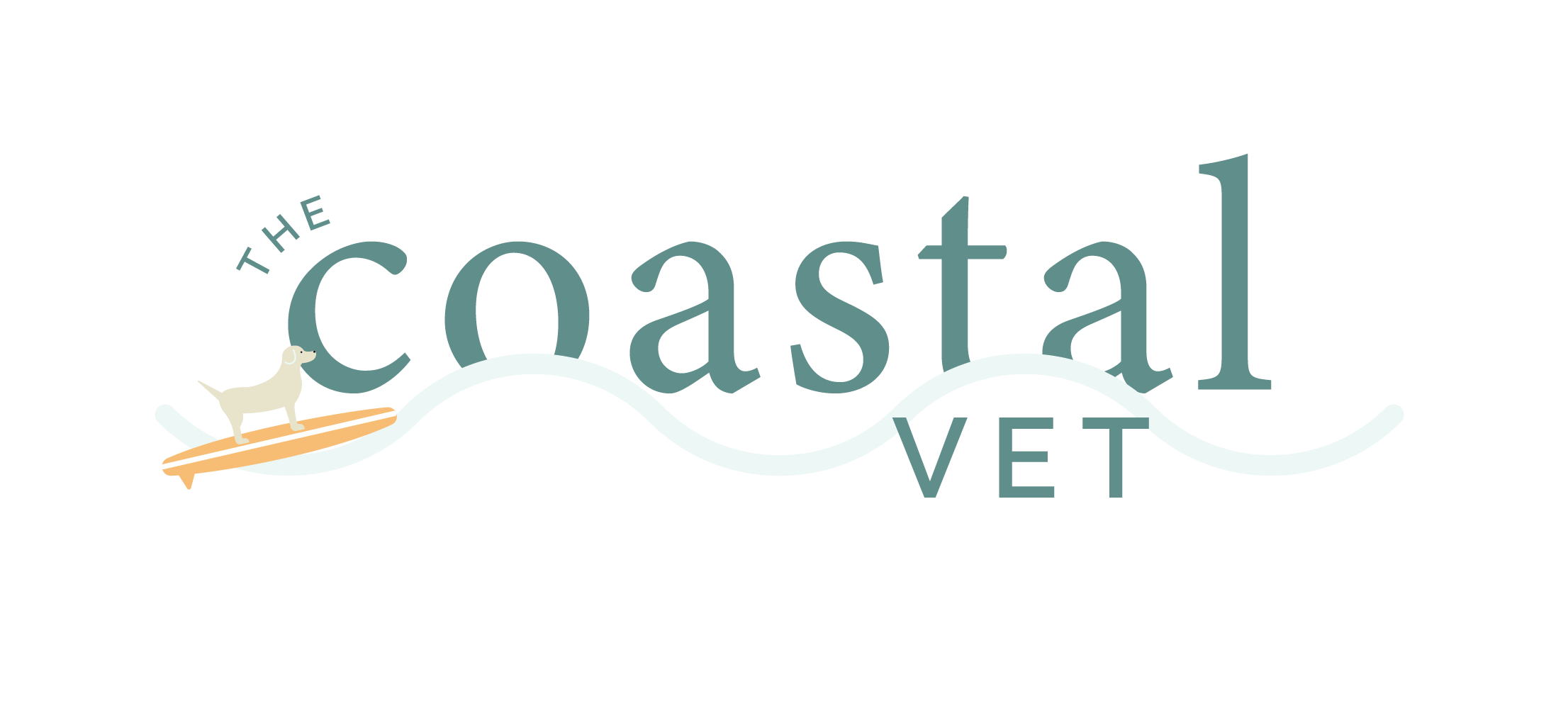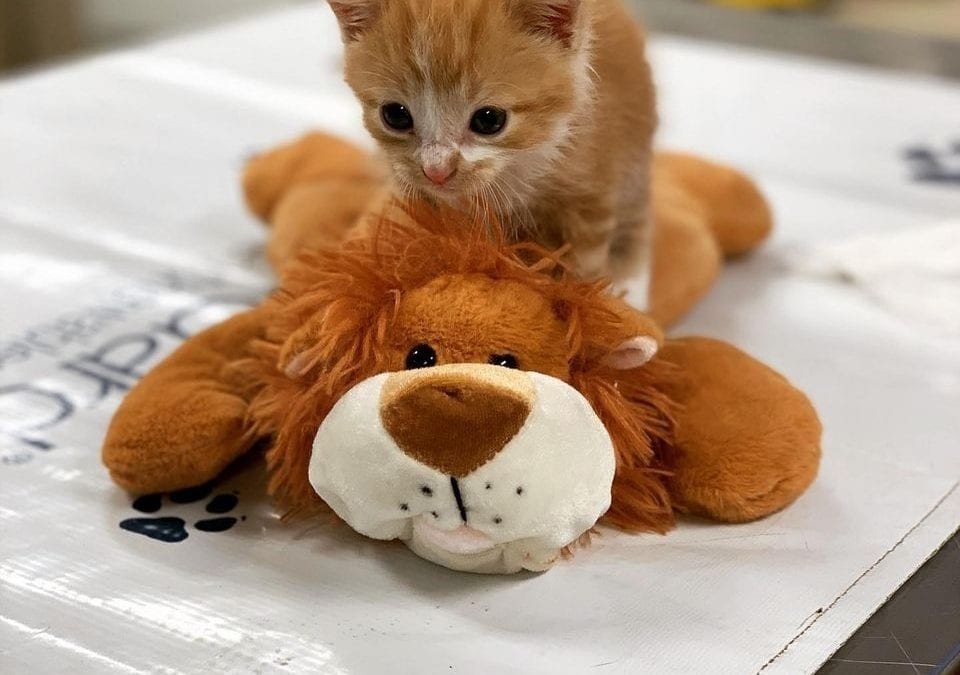The answer is ever-changing but it most certainly includes masks and a lot of phone calls.
Since the early days of the coronavirus pandemic in March 2020, most veterinary hospitals were still open. However, they were operating under very limited staff, limited appointment offerings, and utilizing curbside services and telemedicine. We, as veterinarians, understand infectious diseases and zoonotic risks. This virus was and still is very scary because of the unknowns and seeming randomness of who becomes severely affected by the disease. These risks, unknowns, and some now known facts about the virus have led veterinarians and other medical professionals to keep the curbside appointment check-ins and limit face-to-face interactions with clients while requiring facial coverings.
This new normal of curbside check-ins, drop-offs, and phone consultations have put strains on the client interactions from the front desk all the way to the kennel staff. In this new appointment scheduling format, appointment times are longer, making it harder to see as many patients in one working day at most clinics. The normal amount of time it would take to see in-person appointments becomes doubled due to getting on the phone or walking out and into the building to discuss exam findings and diagnostics.
In pre-pandemic days these appointment slots were already stretching our ability to see patients in a timely manner as some “healthy pet” exams turned into “sick pet” exams. Now that we are back to seeing “routine” appointments, we will find some things on exam or clients bring a behavior or symptom to our attention that needs to be addressed that day. This turns a 20-minute appointment into an hour-long one, taking time from the next appointment and consultation, and so on. We are also doing all this while wearing a mask and practicing physical distancing with our clients when we are face-to-face.
This stacking of appointments leads to clients getting upset or agitated because sitting in a car in the middle of a South Carolina summer is hard to do without the car running. Most clients are understanding with the wait times, but others simply have other things on their minds.
So we are then tasked with being peacemakers, in addition to our other duties (customer service reps, veterinary nurses, veterinarians, and practice managers alike). This is leading to high numbers of burnout and stress in our practices. As a relief veterinarian, I have traveled to many different clinics. I am also in contact with those I have not been to physically, and it’s the same everywhere.
How can we, veterinary staff and clients, better adapt to the new normal?
STEP 1 – The first step is recognizing and accepting that this is not going away any time soon. The sooner everyone accepts these changes as mostly permanent for the foreseeable future, the sooner we can set client expectations. Once the clinic sets and explains the new rules for client interactions for services, we deal with the changes. Now that the rules are set, and everyone knows them, then we work on the kinks.
STEP 2 – DO NOT GIVE IN! Keep your policies in place to keep you and your staff healthy and safe. If your team gets sick, there is potential to close down your clinic and lose even more business for a quarantine. Support your staff when clients are difficult with mask-wearing, social distancing, and physical interactions.
STEP 3 – Put yourself in the client’s shoes and consider what they are experiencing on the outside. Maybe they are a new client with a pet with multiple health issues and chronic illness. These people might have seen your faces on the website or social media outlets and probably done some research online. What might they be thinking? – “How will my dog react without me? Will they know that Fluffy is scared to get on the scale and needs a treat? Will they read his medical history?” Their thoughts are racing.
STEP 4 – “Seeing is believing.” The fix for the client’s anxiety is simply stepping outside and going to the car window wearing your mask (of course) and making that introduction. Let them see who will be caring for their pet. Offer visual telemedicine, whether it is through video or through two-way text. Send a picture of their pet getting some attention from your staff. This works for those technician appointments, too.
STEP 5 – Give your team a break. If you have positions in the hospital for staff to rotate through, switch up their duties. Provide them a little bit of change in routine while keeping the potential for negative client interactions to a minimum, reducing the potential for mental burnout. Have a drug representative sponsor lunch or bring some treats in or give them an opportunity to make a pet ‘instafamous’ by letting them run the social media channels for a day or two.
These are just several steps to taking control of our new normal while still offering quality patient and client care. As veterinarians and veterinary staff, we have a unique ability to promote people and families’ mental and physical health through the human-animal bond. Many of us are missing those in-person interactions in our everyday lives, and our clients are no different. Let’s make these curbside experiences great ones so that when we are face to face again, we are all smiles under our masks.

